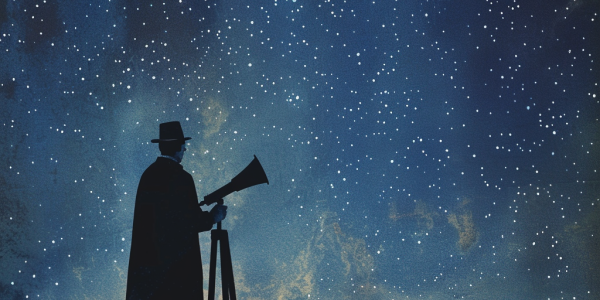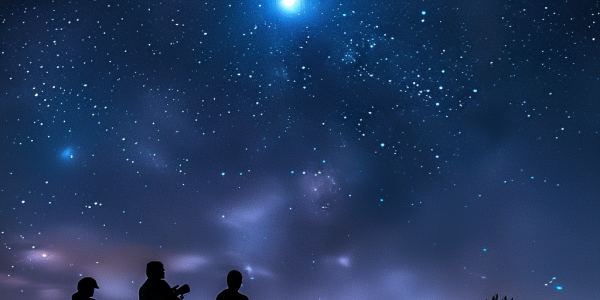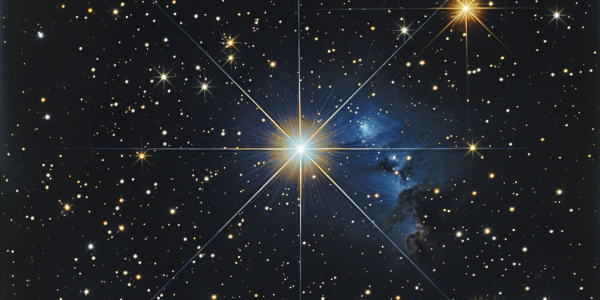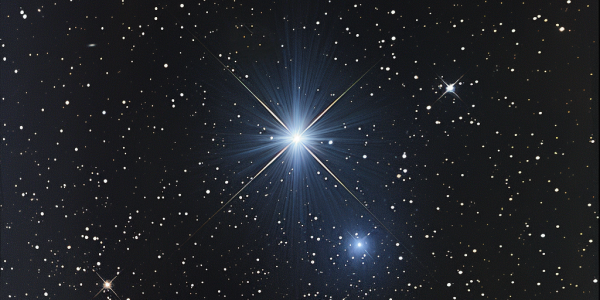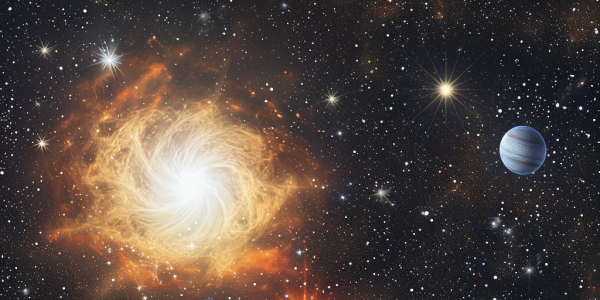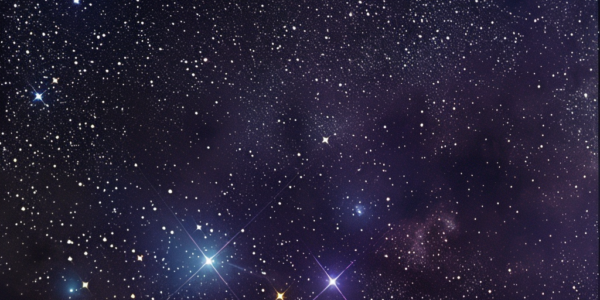Rediscovery of T Coronae Borealis: Celebrating John Birmingham’s Legacy in Astronomy
In 1866, John Birmingham made a groundbreaking astronomical discovery by identifying the star T Coronae Borealis, also known as the ‘Blaze Star.’ His observation on a clear night sparked a passion for astronomy, despite the challenges he faced as an Irishman in a politically charged environment. Birmingham’s legacy continues to inspire astronomers today, especially as the Blaze Star reappears in our skies this September, reminding us of the rich history of celestial observations.
Prepare for the T CrB Nova: A Spectacular Celestial Event in 2024
Get ready for a spectacular astronomical event in late 2024 as the T Coronae Borealis (T CrB) nova explosion lights up the night sky. This rare celestial phenomenon, expected to shine 1,500 times brighter than usual, offers a unique opportunity for stargazers and astronomy enthusiasts. Discover how to prepare for this breathtaking event and witness the dynamic beauty of our universe.
Rare Explosion on Dwarf Star to Captivate Stargazers Worldwide
A rare explosion on a dwarf star, T Coronae Borealis, is set to captivate stargazers worldwide as it reappears after 75 years. Known as a recurrent nova, this celestial event offers a once-in-a-lifetime opportunity to witness a spectacular outburst in the night sky, shining as brightly as the north star in the northern hemisphere. Astronomers and enthusiasts eagerly await this cosmic spectacle, labeled by Nasa as a ‘once-in-a-lifetime’ occurrence.
Astronomy Enthusiasts Await Potential Brightening of ‘Blaze Star’ T Coronae Borealis
Astronomy enthusiasts are eagerly anticipating the potential brightening of the star system T Coronae Borealis, also known as the ‘Blaze Star’, located 3,000 lightyears away. This celestial event, known as a ‘nova’, could see the star’s brightness increase significantly, making it visible to the naked eye for a brief period. Learn more about this rare astronomical occurrence and how to observe it in the night sky.
Rare Celestial Event Involving Binary Star System T Coronae Borealis Set to Captivate Sky Watchers in September
Get ready for a rare celestial event in September as NASA predicts a spectacular explosion in the binary star system T Coronae Borealis. Occurring once every 80 years, this event will be visible to the naked eye, offering a thrilling spectacle for amateur stargazers and scientists. NASA plans to use advanced technology to capture unprecedented insights into the lifecycle of binary star systems, making this a unique opportunity to witness a celestial phenomenon that occurs once in a generation.
Rare Celestial Event: Star in Corona Borealis Constellation Set to Explode
A rare celestial event is on the horizon as a star in the Corona Borealis constellation is set to explode. Known as the recurrent nova, T Coronae Borealis, this star experiences an outburst approximately every 80 years, with the next anticipated event expected to occur sometime between now and September. Sky gazers can anticipate witnessing a once-in-a-lifetime event as astronomers and stargazers prepare to observe this extraordinary phenomenon. Stay tuned for updates and be ready to witness this spectacular event unfold in the night sky, showcasing the beauty and wonder of our universe.
Anticipating the Spectacular Explosion of T Coronae Borealis
The T Coronae Borealis star system, located 3,000 light-years from Earth, is on the brink of a spectacular explosion, offering a rare cosmic show visible to the naked eye. Citizen scientist groups are gathering data to enhance our understanding of binary star system dynamics, and the upcoming nova is projected to be exceptionally bright, making it visible to the unaided eye. With the current window for the anticipated event open, astronomers and sky gazers have a rare chance to witness this celestial wonder.
Rare Nova Outburst Expected to Light Up Night Sky in 2024
A rare nova outburst visible to the naked eye is expected to occur in the constellation Corona Borealis, offering a once-in-a-lifetime viewing opportunity. The outburst, caused by a binary star system known as T Coronae Borealis, will be as bright as the North Star and last for about a week before fading. Viewers can spot the outburst between February and September 2024, making it a unique skywatching event.

